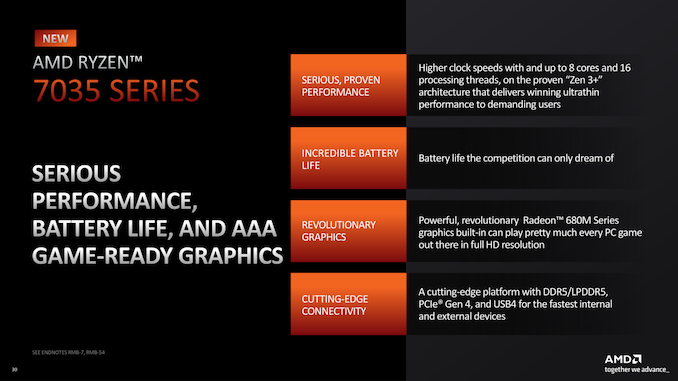

With my setup, these CPUs generally hit around 4.5 GHz on all cores under full load, with only the 5950x struggling to cross the 4 GHz mark. The base frequencies are what you’ll get at base TDP and will scale up based on your cooling solution. Variations of these CPUs are currently available to OEMs, but not for retail purchase: Speaking of, here’s the full list of Zen 3 desktop CPUs currently available to consumers. Each Zen 3 CCX also gets up to 32 MB of 元 cache (an extremely fast data buffer), which is up from 16 MB on the previous gen. Previous gen 6- and 8-core CPUs used 2x 3-core CCXs and 2x 4-core CCXs respectively.
#Amd zen 3 update
The biggest update here is to the CCX, which now goes up to 8-cores per CCX from the previous 4-core design. The name indicates that Zen 3 is a new architecture, and while that may be true, diving deep into the spec sheets and design documents for Zen 3 suggests that it’s more a redesign of Zen 2 - where each component was examined and re-engineered - than an entirely new architecture. While Comet Lake was the first of Intel’s chips to be competitively priced, any cost savings were offset by the need for expensive motherboards (for overclocking and faster RAM support) and cooling solutions to allow these chips to perform.ĪMD was nipping at Intel’s heels, and Zen 2 was already proving to be very good value. To add to this, Comet Lake lacked support for PCIe Gen 4, and was based on a heavily modified 6 th Gen microarchitecture and venerable 14 nm manufacturing process that debuted in 2015. I ran a 16-core 5950x on the same cooler with zero issues and minimal noise. My 240 mm liquid cooling loop could barely keep temperatures in check and operating at 90-95☌ with fans screaming was… normal. The Intel Core i9 10900K I tested in 2020, which was rated at 125 W TDP (Thermal Design Power, an indicator of the heat that needs to be dissipated by your CPU cooler), easily hit 300 W when pushed to the limit. Intel’s 10 th Gen Core architecture called Comet Lake was fast, beating Zen 2 on the gaming front, but could only do so while running incredibly hot and consuming a tremendous amount of power. Intel’s response was, for lack of a better phrase, a hot mess. This, again, brings down the cost of manufacturing a CPU because yields are higher - a smaller chip has fewer points of failure. Zen 2, which arrived in 2019, was a big upgrade, introducing chiplets, a 2 nd Gen Infinity Fabric that was far more efficient, a larger cache (think of it like RAM, but on a CPU), a 7 nm manufacturing process, and support for PCIe Gen 4 (doubling bandwidth to GPUs and PCIe-based storage).Ĭhiplets are small chips that can be manufactured separately and integrated into a larger die. Their biggest achievement, I think, was forcing Intel to reduce prices and double the core counts in its CPUs. Teething issues and developer support aside, this challenge played a significant role in keeping AMD’s earlier architectures - Zen and Zen+ - from offering real competition to Intel in 20. The downside to this approach is, of course, the difficulty in keeping these discrete modules in sync. Do note that Zen 3 currently tops out at 16 cores, but previous designs did hit 64-core cores. AMD could simply add more CCXs to the design and build 6 (1x 6-core CCX), 8 (1x 8-core CCX), 12 (2x 6-core CCX), 32 (4x 8-core CCX) CPUs with relatively minor modifications to the design. This design not only allows AMD to mix and match these CCXs as required, but it also allows AMD to scale up the design with relative ease and offer more cores at a relatively low cost.

AMD’s Infinity Fabric handles internal communication between the CCXs and the IO die. The CCX is a 6-core or 8-core unit that handles processing, while the IO die handles communication between the CPU and the rest of the components (RAM, storage, GPU, etc.). Whether you’re buying a quad-core Intel CPU or a 10-core one, the entire CPU is, for all intents and purposes, functioning as a single unit.ĪMD’s distributed approach, on the other hand, splits the CPU into two primary components: the CCX and IO dies. A flaw in a single transistor could ruin an entire chip. This is great for efficiency and performance, since everything operates at the same frequency - so to speak - but the design is difficult to scale up and expensive to manufacture. Intel’s monolithic architecture means that a CPU is essentially designed and manufactured as a single unit.


 0 kommentar(er)
0 kommentar(er)
